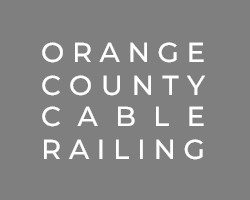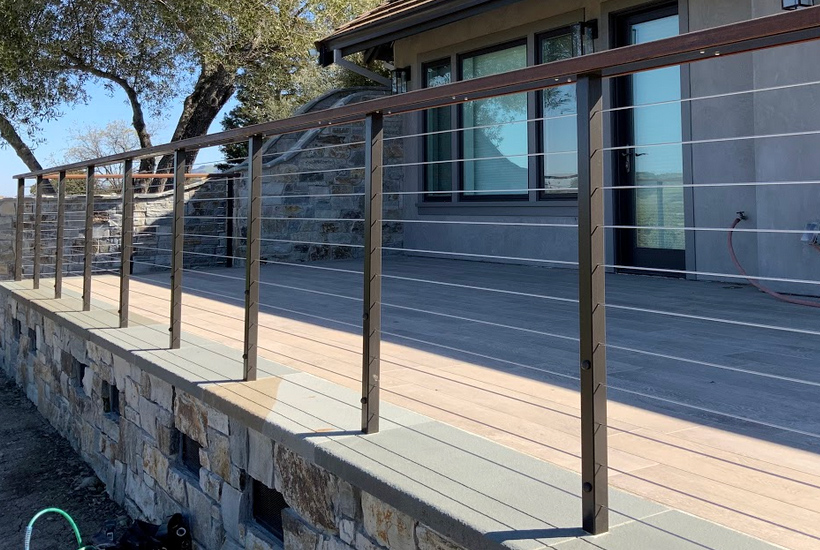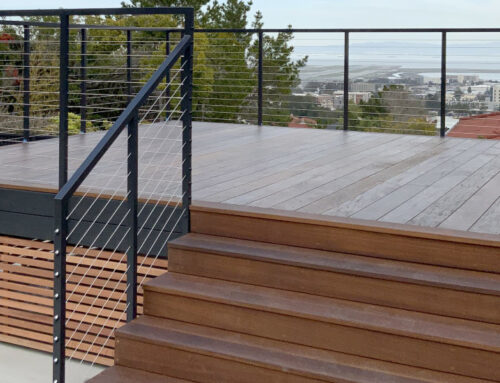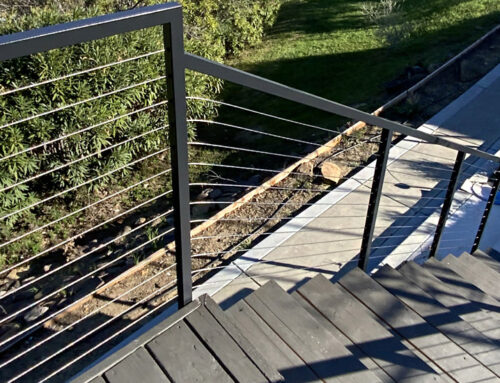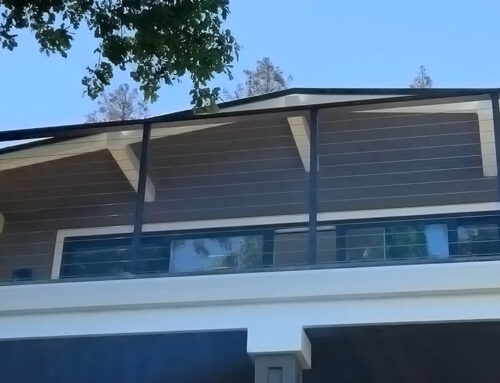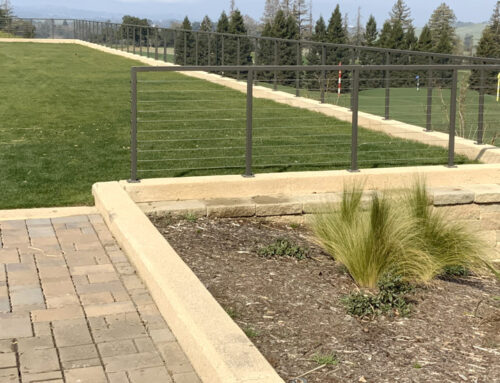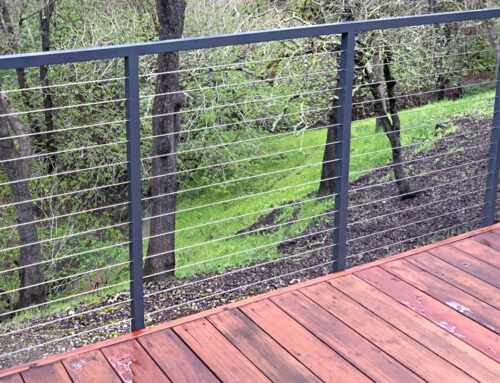Have you ever noticed how some cable railings tend to sag over time? It’s not just your imagination; cable railings can indeed sag, and there are a few reasons why this happens. First, cable railings are designed to support a specific amount of weight.
When they become overloaded, they can sag. In addition, cables can stretch over time, especially when exposed to extreme temperatures or to certain elements, such as moisture. Finally, the tension on the cables can also cause them to sag when not properly adjusted.
While saggy railings may not be the most attractive sighting, there are easy ways to address the problem. By increasing the tension on the cables or providing additional support posts, you can quickly get your cable railings looking like new again.
How to Prevent Cable Railing Sagging?
Over time, even the most well-made cable railings can sag. This is usually caused by a combination of factors, such as rust, weathering, and damage to the supports. As mentioned, earlier, there are a few things that can be done to prevent or repair sagging railings. The first thing that you might want to do, is perform a thorough inspection of the railing for any signs of damage.
If you notice that any of the supporting structures are bent or broken, then you should have them repaired or replaced as soon as possible. On top of that, the railing should be lubricated on a regular basis to prevent rusting.
Any damaged areas should be repainted as soon as possible to prevent them from rusting further. By taking these simple steps, you will ensure that your cable railing remains in perfect condition.
Are There Any Other Potential Problems with Cable Railings?
While cable railings are a popular choice for many homeowners, there are a few potential problems with cable railings that you should be aware of. First, when not installed correctly, cable railings can be pretty wobbly. This is mostly due to the fact that in many cases the posts are not being properly anchored into the ground.
Secondly, depending on the preferred material for the posts and cables, they can get pretty hot in the sun – making them untouchable. And lastly, if you have young kids or pets, the spacing between the cables can be wide enough for them to slip through. That being said, you should definitely keep these things in mind when planning to have cable railings installed.
How Much Do Cable Railings Cost?
On average, cable railings can cost anywhere between $60 and $120 per linear foot. This price range does include the cost of materials and installation. It is important to note, that the type of material you settle for will have the biggest impact on the overall cost.
For instance, stainless steel cables are more expensive than aluminum cables. Similarly, glass panels installation will be more expensive than installing wooden cables. In addition, the size and layout of your project will also affect the overall price of the project.
Other factors that will affect the overall cost of the project include the area you intend to cover and the complexity of the project. Nonetheless, despite cable railings being somewhat pricier, they are definitely worth the investment.
Conclusion
While some might initially think that steel cable railings are bound to sag over time, this is not always the case. With proper installation and maintenance, your steel cable railing should last for many years with no problems. Of you notice sagging or any other issues, it’s always advisable to reach out to a professional.
